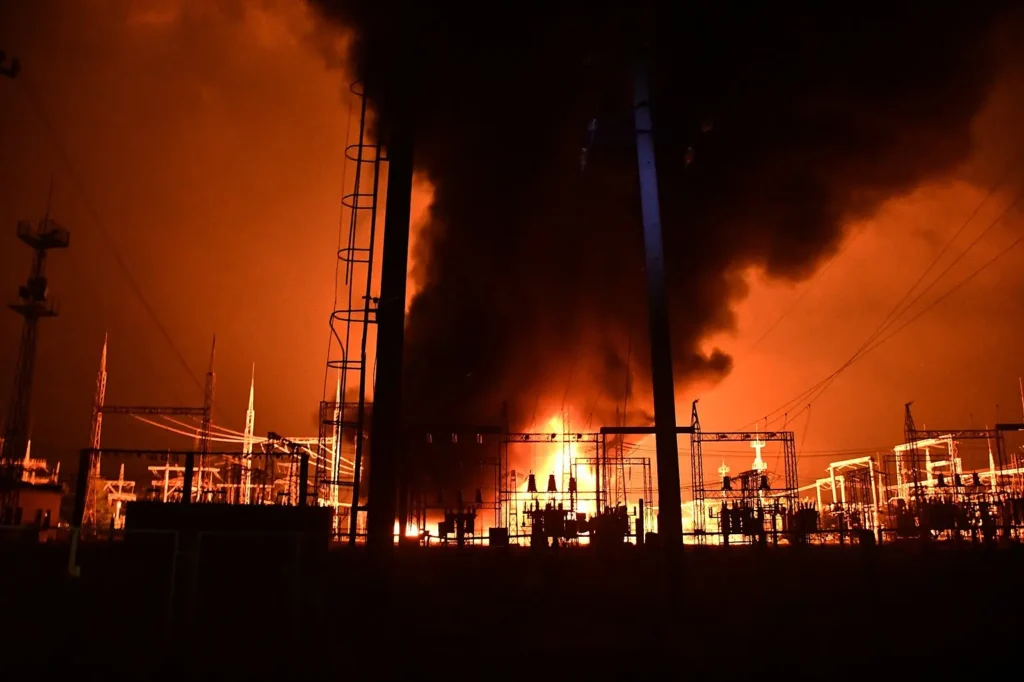The fighting in Ukraine continues to unfold on the ground as both militaries are trying to gain some momentum. It is the situation in the skies, however, that is particularly interesting.
The Russian Aerospace Force’s Long Range Aviation fleet has been responsible for some of the deadliest airstrikes against Ukraine since the war started. But for more than a month, Russian bombers have vanished from the skies around Ukraine. This is the longest gap between such strikes since February 24, 2022, when the war began.
And according to the latest Western intelligence estimates, the Russian Aerospace Forces are almost out of cruise missiles to fire against Ukraine.
Where are the bombers?
In their latest estimates, Western intelligence agencies assess that the reduced bomber sorties are “almost certainly” the result of diminishing stockpiles of cruise missiles, particularly of Kh-23a Kodiak air-to-surface munitions.
“While such breaks have not been unusual, the last similar break in strikes occurred between 9 March and 28 April 2023, a period of 51 days. In that instance, it was likely that LRA had almost depleted its stocks of capable AS-23 missile munitions following its winter campaign against Ukrainian critical national infrastructure,” the British Military Intelligence assessed recently.
With winter just around the corner, the Russian Aerospace Forces are likely waiting for the snow and low temperatures to arrive before they resume long-range strike missions against Ukrainian urban centers and critical infrastructure.
Last year, the Russians managed some heavy blows on the Ukrainian energy grid, leaving millions of Ukrainians without power, heat, internet, and water in the middle of the brutal winter.
Related: Russia’s armored trains: Major vulnerability or smart warfare?

Although the Kremlin can use other capabilities – including submarines and ground-based ballistic missiles – to hit the Ukrainian energy grid and urban centers, long-range bombers have been the main source of stand-off precision strikes.
The Russian military, however, can rely on its arsenal of Iranian suicide drones or loitering munitions. Moscow has bought thousands of these suicide drones, particularly Shahed-136s. According to the Institute for the Study of War think tank, Russia has also started using cheaper, domestically produced drones to target Ukrainian infrastructure.
“Russia will highly likely continue to supplement any such campaign with Iranian-designed one-way attack uncrewed aerial vehicle attacks,” the British Military Intelligence added in its estimate.
Moscow recently used Shahed-136 suicide drones to strike the Ukrainian ports along the Danube River, some of which are within a few hundred yards of Romania, a NATO member.
Suicide drones like the Shahed-136 have better accuracy than the majority of cruise missiles currently used by the Russian military as, due to the munition shortages, the Russian military has been using missiles designed for other purposes, such as anti-ship munitions, against ground targets.
Russia’s military tech supplies at risk
More than 20 months of war and the heavy Western sanctions against Russia have suffocated the Russian defense and aerospace industries.
Despite the occasional statements of national defiance by Kremin officials, Russian weapon systems and munitions rely on Western technology including microchips. Although, on some occasions, the Kremlin has been able to bypass sanctions and smuggle technology into Russia, that is not enough to satisfy the needs of a country at war.
As a result, the Russian defense industry and military have resorted to extreme measures, even cannibalizing A/Cs, fridges, microwave ovens, and televisions to take microchips and put them on cruise missiles.
The Russian military has launched close to 3,000 ballistic and cruise missiles in the past year, while since the start of the war almost two years ago, the Ukrainian military claims to have shot down approximately 1,500 long-range munitions.
With winter just around the corner, the Russian Aerospace Forces will likely resume long-range strike missions against Ukrainian urban centers and critical infrastructure. But technology shortages mean that most missiles will run off course and end up killing and maiming innocent civilians. To deal with this incoming threat, Ukraine needs more air defense systems and munitions.




